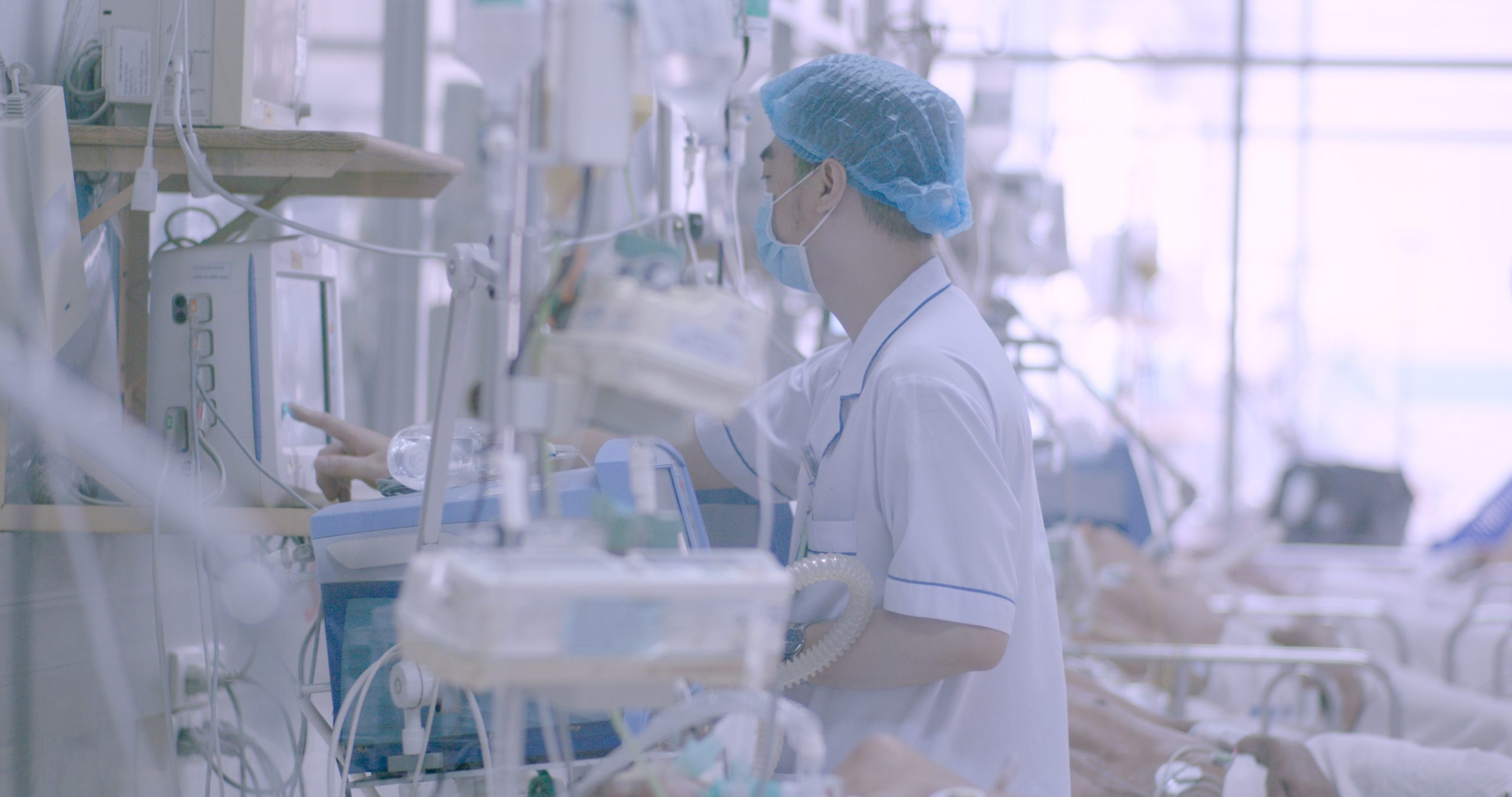“Innovations for Critical Care”

Wellcome Trust’s strategy for Innovation
The Innovations team of Wellcome Trust supports translational research projects that seek to impact human health. One way we do this is by building strategic portfolios called flagships that focus on making impact in specific health challenges. While each project can stand alone, we look to work with aligned partners and actively manage the portfolio to identify synergies between projects to act as a platform for collaboration. We believe that by working together impact can be realised faster.
The “Innovation for Impact in Low- and Middle-Income Countries (LMICs)” flagship focuses on the journey of patients with infectious disease through the health system, and the portfolio has two parts. Firstly, improving how acute fever is diagnosed and managed by community/primary health care workers. Secondly, improving how the most severely affected patients receive critical care in the LMIC setting. For critical care we don’t want to copy and paste the high resource model used in high income countries, but rather want to identify context appropriate solutions that work for LMICs. To have a meaningful impact we have focused on tools that can help identify patients who need critical care and improving the quality of critical care these patients receive.
The VITAL project fits with both aims of our critical care portfolio. The team are developing and testing the utility of wearable devices to identify those who may need critical care, using data from patients with different infectious diseases to help support critical care clinical decision making in the Vietnamese ICU setting and developing and testing a new device to support ICU rehabilitation. The VITAL team are committed to this project having a broad impact on people and so a key part of this work is the implementation research and health economics analysis that sits alongside all other activities, as well as integration with other Flagship activities in SE Asia to allow onward development and scaling of successful tools.







